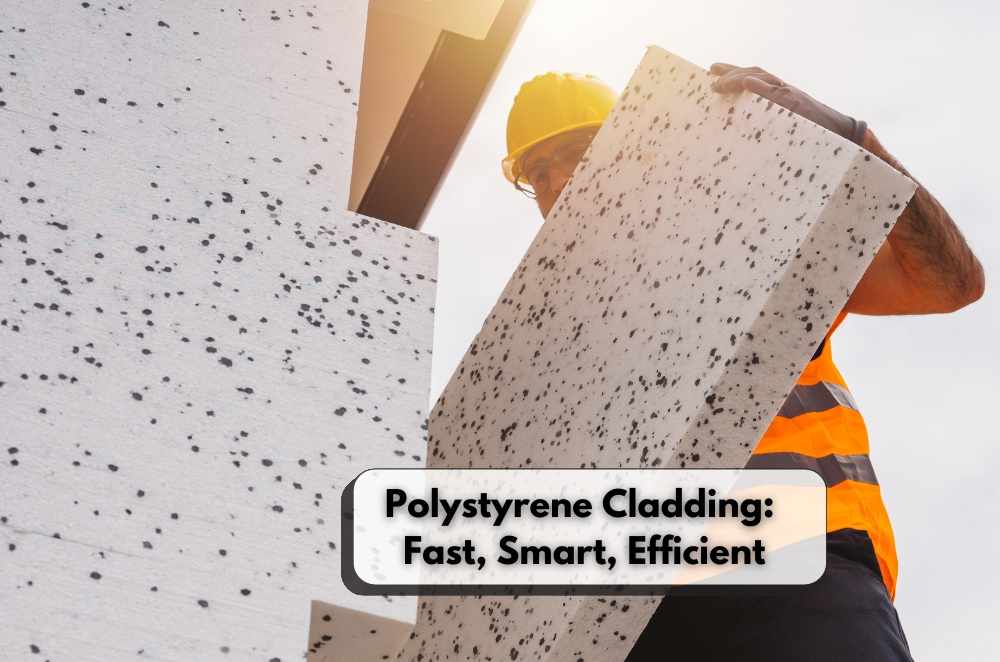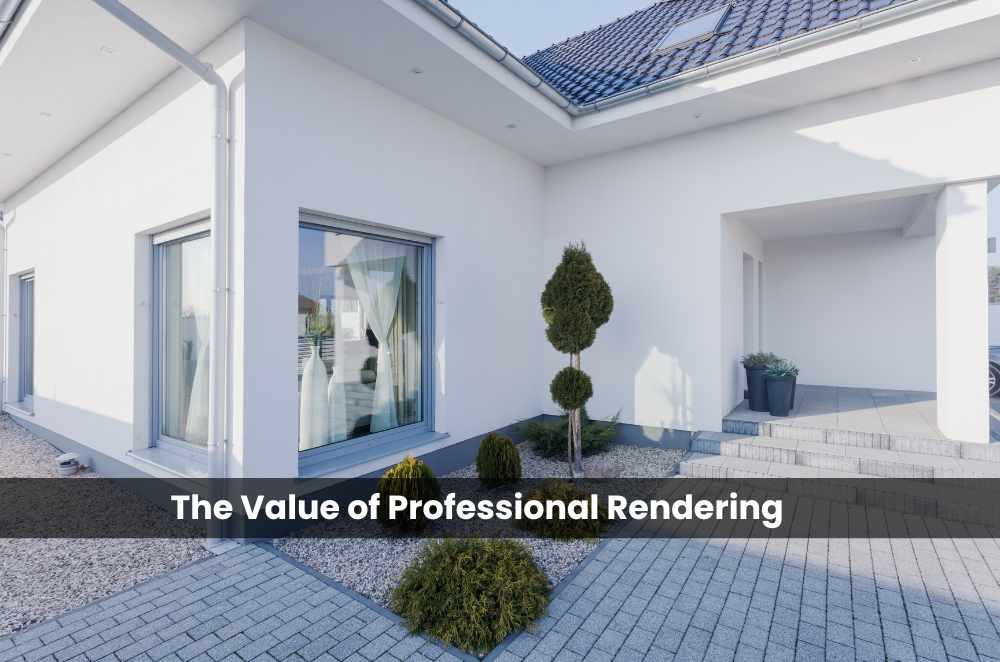
Explore rendered home living in the vibrant city of Sydney, where the art of rendering offers impressive benefits for energy efficiency. Homeowners are increasingly turning to rendering to make their living spaces more energy-conscious, reducing bills and creating a more comfortable atmosphere. Here's how rendering helps achieve these goals.
Key advantages of rendering
Boosted insulation: Rendering adds an extra layer to walls, lowering heat transfer. This keeps your home warm during colder months and cooler when the heat is on.
Tighter seals: With fewer gaps and cracks, rendered walls offer a more sealed environment that doesn't allow energy to escape, reducing the need to heat or cool excessively.
Sunlight reflection: Lighter-coloured renders bounce off the sun's rays, keeping interiors cooler by reflecting heat away from a building.
Environmental impact
Rendering plays an essential role in promoting sustainability:
Lower carbon emissions: With improved energy efficiency, rendered homes need less energy, which reduces the demand for heating and cooling, cutting down on carbon output.
Preservation of resources: By lowering energy use, rendered buildings lessen pressure on our limited resources, contributing to long-term sustainability.
Conclusion
Rendering offers a powerful solution to creating energy-efficient homes. By improving insulation, tightening seals, and reflecting sunlight, this simple technique helps maintain comfortable living conditions while supporting environmental goals. Rendered homes will contribute to a more energy-efficient and eco-friendly urban future. As part of safe home designs, incorporating rendering can enhance your home's aesthetic and sustainability, ensuring long-term benefits for you and the environment.











Write a comment ...